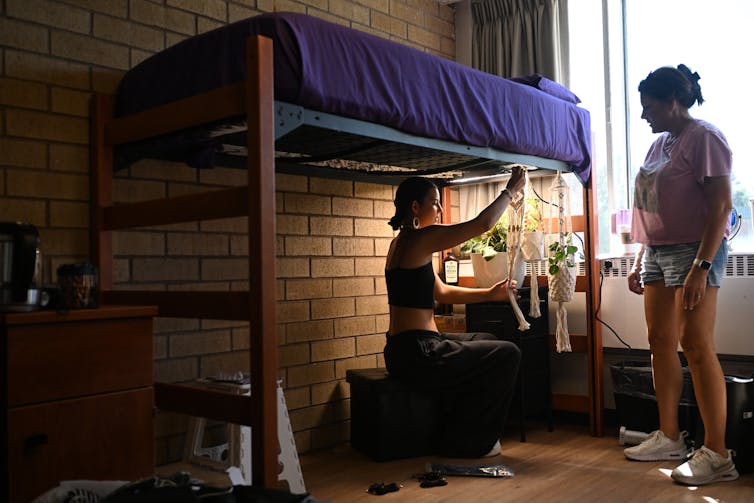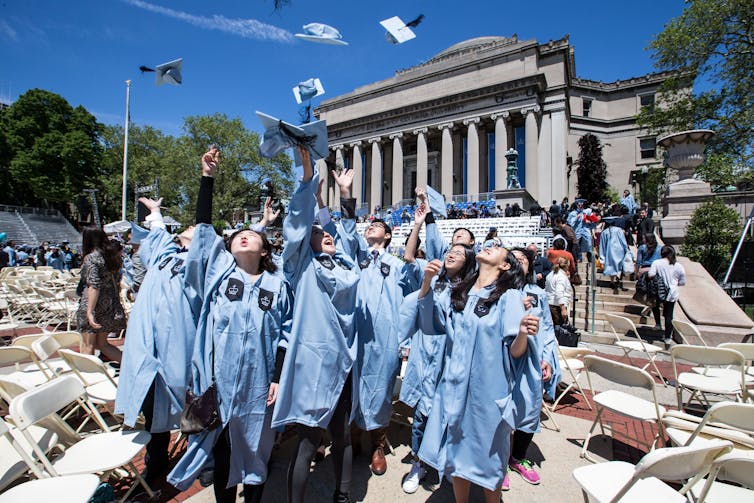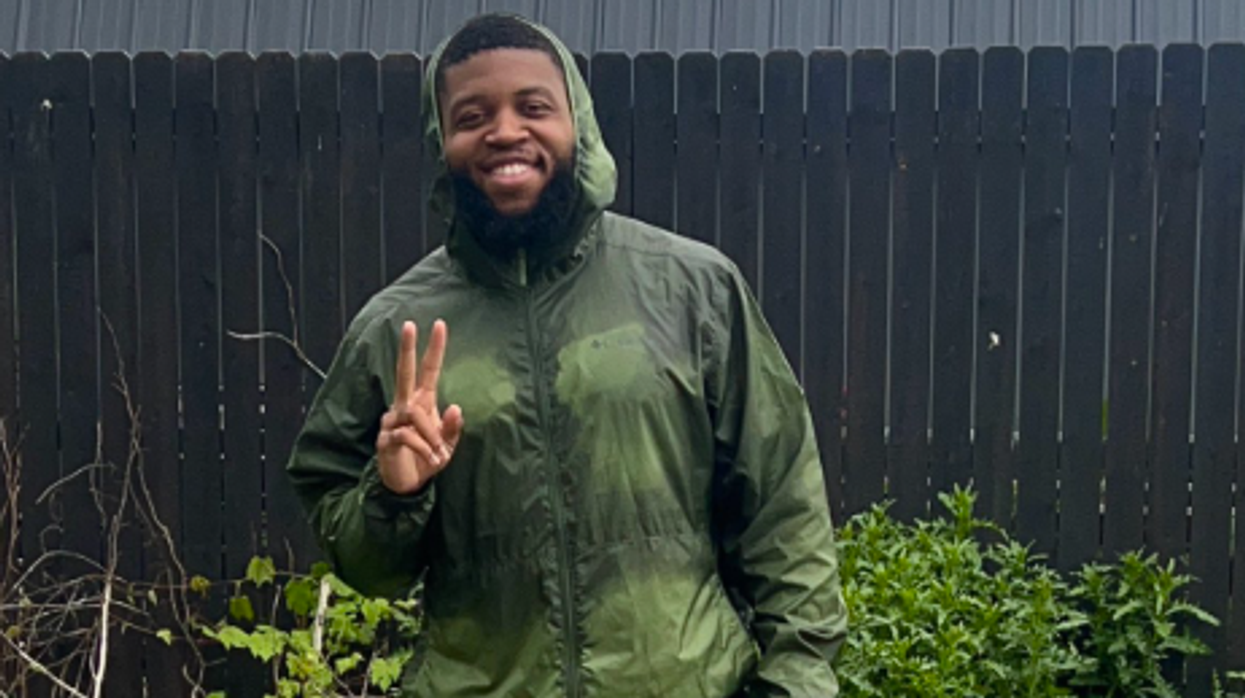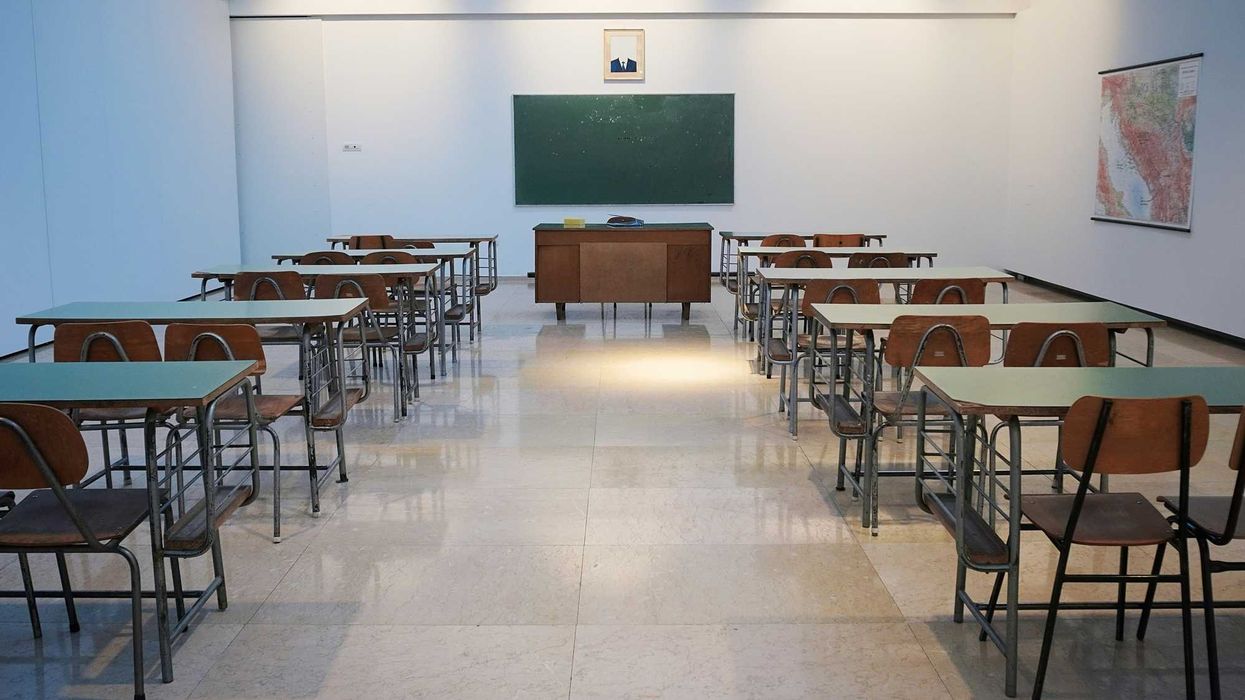I interviewed Dr. Shari Sweetnam, a veteran educator and a PhD psychologist. Dr. Sweetnam (who is not a credentialed teacher) designed effective learning protocols; these methods spread, and many underperforming schools invited her to discuss these ideas and how they could be implemented to increase test scores and improve learning outcomes.
The recent assessment of core subjects reveals that many students are not meeting proficiency in the sciences or English, which means that, despite information being more accessible, future voters are likely to struggle when assessing the validity of political claims and making informed decisions. Poor outcomes in high school also translate to the highly partisan, unproductive dialogues we are seeing on university campuses. The sciences enable students to construct and evaluate arguments on logic, and a command of the language is necessary to interpret and form productive arguments in written or verbal forums. Another crucial aspect of this problem is that classrooms are not generally environments where students are engaged in debates or challenged to evaluate their ideas and biases. As a result, when they are exposed to different ideas, they are approaching arguments with hostility rather than seeking mutual understanding. This makes radical experimenters like Dr. Sweetnam essential; her story proves that testing different teaching methods can empower students, and that the trend of failing schools cannot be chalked up (only) to poor allocation of funds or systemic inequities. These approaches need to be extended to classroom conversation and how we teach students to communicate clearly and remain open to new perspectives.
Throughout her schooling, she remained interested in education.
I knew that I probably was not going to be a teacher, but I just loved watching the way people learn, and, in particular, why they struggled.
In graduate school, she continued to take classes in education, began working in classrooms, and then leapfrogged into volunteering for teachers and testing out new and different teaching strategies.
One of those techniques was to help students who were struggling with multiplication.
If I took those numbers and I turned those numbers into characters, then each little equation became a story. We created characters for each number. Each nine we turned into a dinosaur face, and eights were snowmen, and six was a surfer guy or girl… children were going from not being able to memorize more than a few lines of the multiplication table, to having them all down within days.
She went to schools in Clark County, Nevada, which at the time was the worst-performing district in the country; she approached a principal at one of these schools and asked for all the first graders, and said, “I will train them to memorize fifty words in a row in half an hour. If I can do that, will you give me another class?” She referred to this as “the magic trick” that got her through the door.
I earned the trust of principals and teachers and was able to express what I really wanted to do, which was to understand where kids were failing, why they were failing, what areas students were performing worst in, and how we could develop solutions.
She revisited her method for teaching multiplication and developed it into a book and videos with exercises, and as her binders and videos were distributed, students’ scores sharply increased.
Dr. Sweetnam learned about the diversity of challenges facing her students.
When I was working with the high schools, people were caring for their siblings and making money for the family by cleaning hotel rooms. We are not on the same plane in any way.
While she was working in Clark County, she was told that 95% of high school students were failing Algebra I, and, naturally, she requested the worst Algebra I class. The current teacher of that class was more than compliant.
This teacher came out of the classroom and said, “I heard you were coming. You can have them—I hate these kids.” I came in, and I was a little intimidated. These are large kids. There are known gang members… After hearing them out, I said, “Can I try something with you? Would you humor me? And I explained metaphors.
She asked what they were learning, and it was multiplying by negative numbers. Then, with metaphors, she started combining two things that they would see as positive, and two things, where one would be positive and the other negative, trying out different metaphors to see if they would stick. One of the students walked up to the front of the classroom, took the marker from her hand, and proceeded to win over his classmates.
If you got two good kissers, that’s gonna be a good experience, but if you got a bad kisser and a good kisser, that’s not gonna be a bad experience, but if you got two bad kissers, they aint gonna know the difference.
With that, the whole class burst out laughing and engaging with the idea.
Before we finished, I asked about her thoughts on the “communication problem.”
How do we connect? That’s only by communicating, and being willing to communicate, and hearing each other’s thoughts, and being able to reject talking points, and whatever it is the algorithm is feeding us.
Dr. Sweetnam shares my passion and believes this must start in the classroom.
Currently, she is working with the Heslin Family Foundation. This charity funds organizations to build housing, medical infrastructure, and schools in South America.
Luke Harris is a Fall Intern with the Fulcrum.
The Fulcrum is committed to nurturing the next generation of journalists. To learn about the many NextGen initiatives we are leading, click HERE.





















